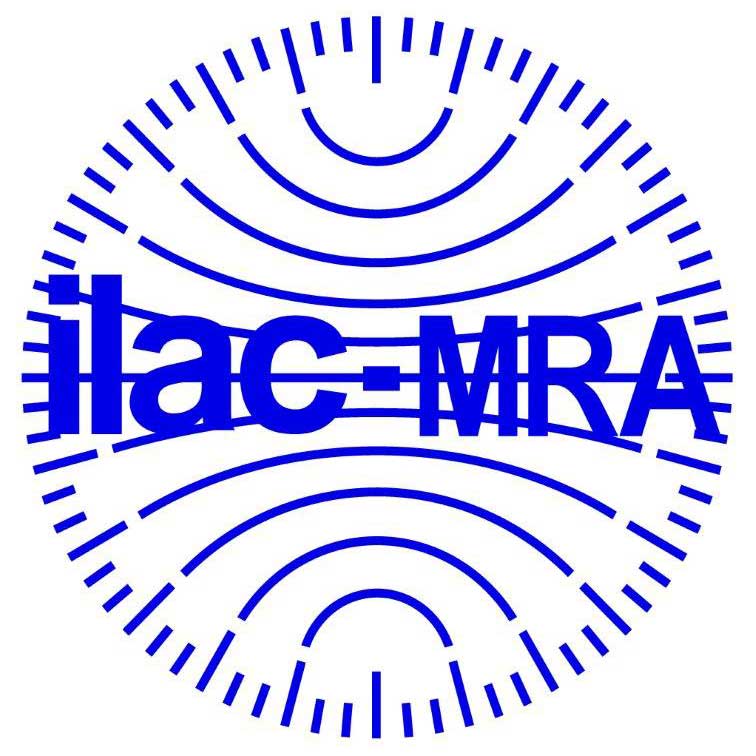Flow meters are tools used to measure the flow rate of gases and liquids and to control the speed and effectiveness of industrial flow processes. It describes the rate at which a liquid or gas passes through a system, like a pipeline or vessel, at a specific moment.
You need to calibrate a flow meter about every six months for reliable flow meter measurements. For instance, the flow meter is routinely calibrated in industrial settings to guarantee timely and safe operations.
In this blog, you will learn more about the flowmeter calibration!
Do Flow Meters Require Calibration?
During flow meter calibration, the pre-set flow scale of a flow meter is compared to a standard measurement scale. Calibration plays a crucial role in accurately measuring liquids and gases across various applications and industries, ensuring precise and error-free readings are obtained.
Common Applications for Flow Meters
- Industrial Plants
- Oil Industries
- Gas Industries
- Pharmaceutical
- Building Automation
- Metals & Mining
- Water and Wastewater Treatment Plants
- Marine Flow Meters
- Animal Waste Digesters
- Landfill Digesters
Knowing the Difference Between a Flow Meter Calibration and a Flow Recalibration
The primary distinction lies in the fact that flow recalibration entails sending the flow meter back to the manufacturer’s factory for routine calibration checks. While closely resembling each other, the recalibration process mandates a thorough verification of the flow meter against a set reference, rather than making any alterations to its configuration.
Flowmeter Calibration
When a flow meter is calibrated, its value is compared to that of a standard flow measurement equipment under identical conditions. Most recently acquired flow metres come pre-calibrated and ready to use.
Flow Meter Recalibration
Once a flow meter has been in use, it requires periodic calibration. Over time, flow meters can degrade or malfunction, particularly in industrial settings where they are frequently utilized and exposed to corrosive liquids and gases.
Why is it Necessary for Flow Meters Recalibration?
If a flow meter has been inactive for a period, it is sent back to the manufacturer for recalibration. Calibration is essential to mitigate uncertainty and confirm the accuracy of the flow meter. Retesting the flow meter is vital to mitigate technical and financial risks, prevent systematic biases in the device, avoid costly mishaps, and ensure compliance with national and international regulations.
How Often Should a Flow Meter Require Calibration?
A crucial component of an efficient process operation is calibration. A lack of frequent calibration of flow metres would result in low trust in the measured results. Three factors influence how frequently a calibration is performed:
Calendar-Based Method
The effectiveness of this method depends on how long it has been since the flow metre was calibrated.
Risk Based Approach
The amount that the flow metre deviates from the standard will indicate whether or not recalibration is required based on the results of the previous calibration data. The user is provided with a realistic and evidence-based time between flow metre calibrations by risk-based procedures.
Condition-Based Approach
Condition-based approaches examine the flow meter’s condition and inform the user if it has to be replaced or has been damaged.
It is best practice to recalibrate a flow metre every two to four years, regardless of the method used. Even if the manufacturer’s specification calls for a minimum flow metre calibration frequency more frequently than every two years, you should always adhere to that recommendation.
3 Main Principles for Flow Meter Calibration
Reference Master Meter Calibration
A transfer standard calibration employs a reference grade and compares the reference flow to the flow metre under the same operating conditions. When the calibration adheres to a national or international standard, the master flow metre is usually utilised.
Master meter calibration is frequently employed for system checks. For continuous testing, they can be used to measure the flow of liquids with varying viscosities without sacrificing precision.
Although master metre calibration is more compact and, hence, easier to move between sites, it is generally less precise than other flow metre calibration procedures.
Gravimetric Calibration
Gravimetric calibration stands out as one of the most cost-effective methods for achieving high accuracy in flow meter calibration. Its versatility in catering to both mass-based and volumetric flow makes it the primary standard calibration approach. When dealing with volume-based flow calculations, it becomes imperative to measure the fluid density.
Often referred to as the “bucket and stopwatch method,” gravimetric calibration is straightforward in its approach. However, achieving high accuracy through this calibration method still requires considerable effort.
In sectors dealing with oil and water-based flow meters, gravimetric calibrations are frequently employed. This is because readings can be outsourced to an external calibration laboratory. Industries related to hydrocarbons and water treatment commonly rely on gravimetric calibration methods.
Primary Air by Bell/Piston Prover Calibration
Piston prover flow meter calibration is used to provide high accuracy and reliable results. The cylindrical flow meter, known as the piston prover, has a known interior diameter.
This calibration technique sets a specific flow rate for the fluid as it passes through the flow metre. Between the prover loop detectors is a specific flow stream that has a volume in the piston prover. The fluid passes the first detection to start the timer, which is stopped at the second detector.
The volume of fluid displaced by the piston prover flow metre is used to compute the volume flow rate, which is multiplied by the piston’s trip length over the same time period.
Ultrasonic flow metre calibration is the most typical application for piston provers, which have a high degree of precision in calibration. However, they are also used in turbine and fuel applications to calibrate flow metres. In situ calibration is greatly aided by piston provers, provided that a dedicated stream is available.



